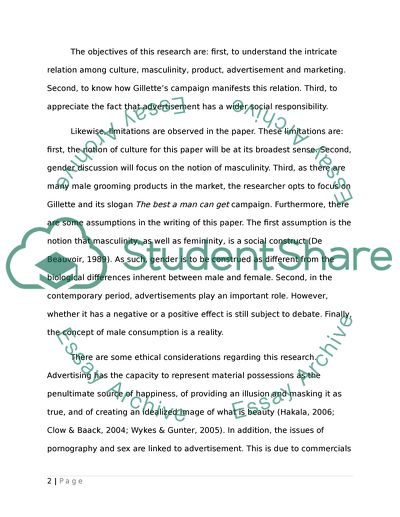Cite this document
(How Gillette's Slogan Contributes in Redefining the Concept of Research Proposal - 2, n.d.)
How Gillette's Slogan Contributes in Redefining the Concept of Research Proposal - 2. Retrieved from https://studentshare.org/marketing/1738241-research-proposal
How Gillette's Slogan Contributes in Redefining the Concept of Research Proposal - 2. Retrieved from https://studentshare.org/marketing/1738241-research-proposal
(How Gillette'S Slogan Contributes in Redefining the Concept of Research Proposal - 2)
How Gillette'S Slogan Contributes in Redefining the Concept of Research Proposal - 2. https://studentshare.org/marketing/1738241-research-proposal.
How Gillette'S Slogan Contributes in Redefining the Concept of Research Proposal - 2. https://studentshare.org/marketing/1738241-research-proposal.
“How Gillette'S Slogan Contributes in Redefining the Concept of Research Proposal - 2”, n.d. https://studentshare.org/marketing/1738241-research-proposal.


